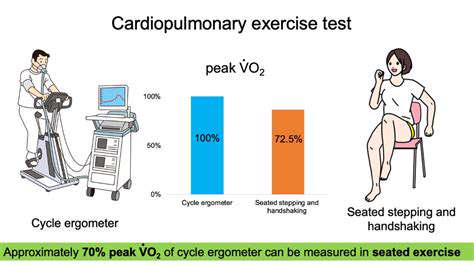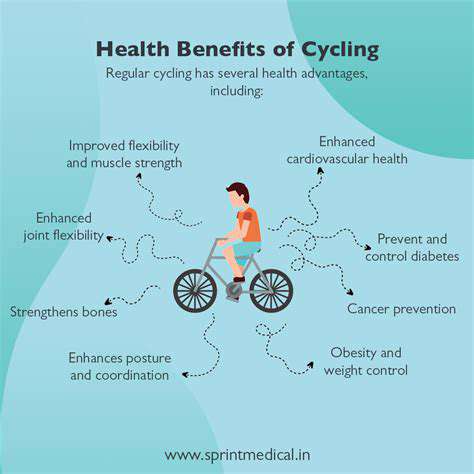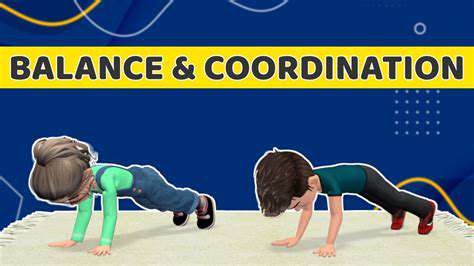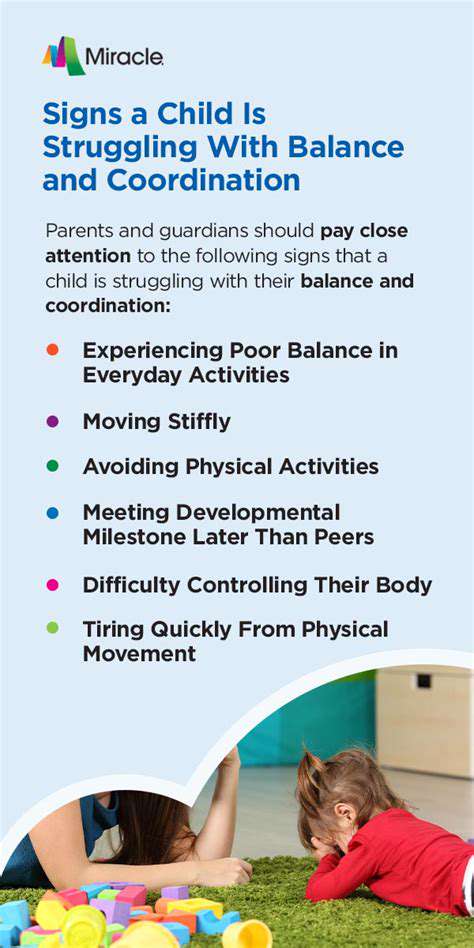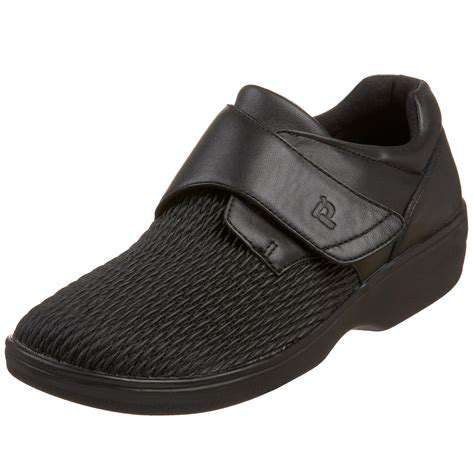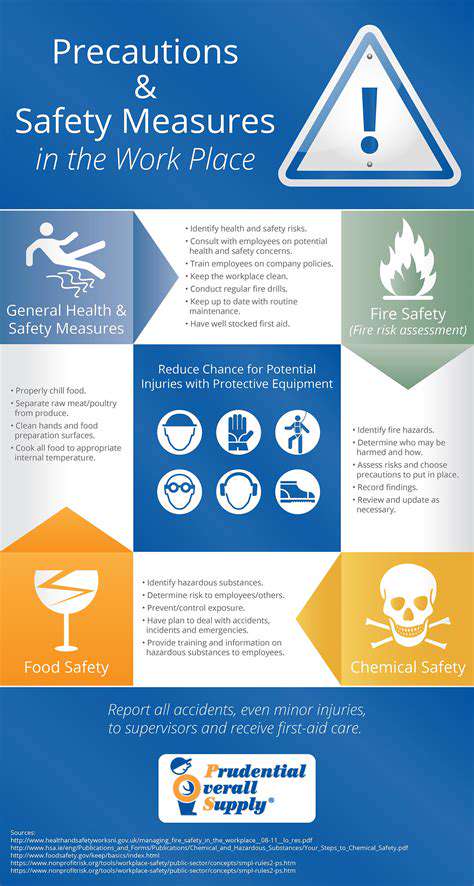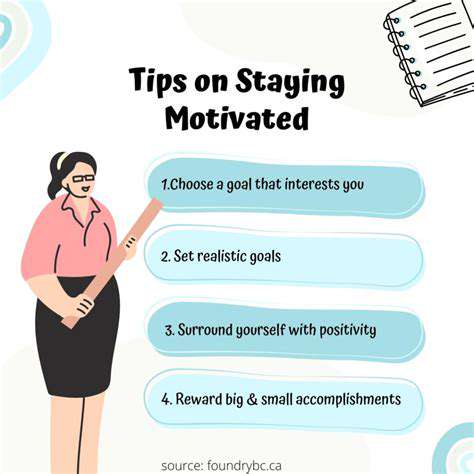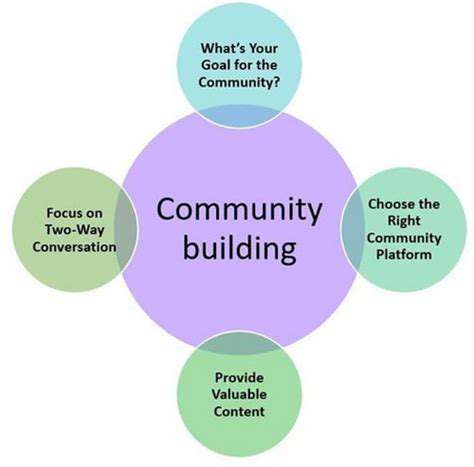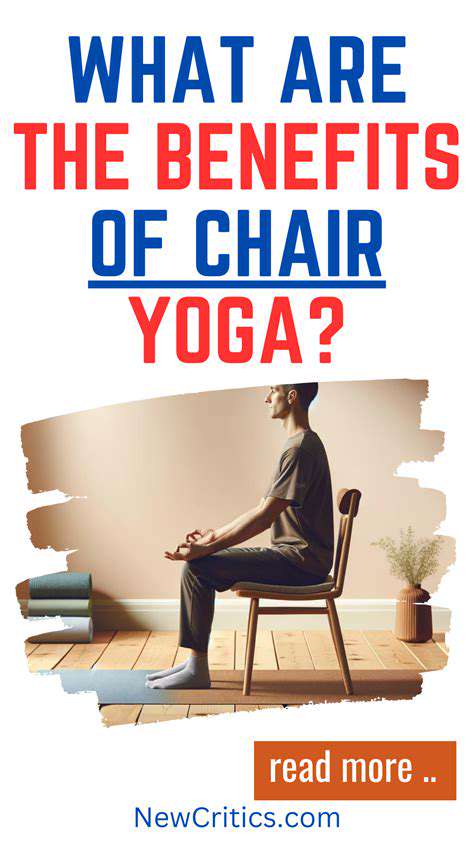Tips and Techniques for Senior Gardeners with Limited Mobility
Incorporating Seating for Relaxation and Breaks
Strategic seating placement serves multiple purposes:- Provides essential rest stations- Creates natural pause points to enjoy the landscape- Encourages social interactionOpt for all-weather benches with armrests for easier sitting/standing transitions. Position them near fragrant plantings or water features for multisensory enjoyment.
Implementing Lighting for Enhanced Visibility
A well-lit garden extends usability into twilight hours while preventing accidents. Layer illumination with:- Path lights every 4-6 feet along walkways- Uplighting for dramatic plant displays- Motion-activated fixtures near stepsLED options provide bright, energy-efficient lighting that lasts for years with minimal maintenance.
Utilizing Adaptive Gardening Techniques
Container gardening offers unparalleled flexibility—plants can be:- Rotated for optimal sun exposure- Brought indoors during cold snaps- Elevated to perfect working heightsVertical systems like trellises or living walls maximize growing space while keeping plants at accessible levels.
Creating a Sensory Garden for Enhanced Wellbeing
Engage all five senses with these elements:- Tactile: Lamb's ear (Stachys byzantina) for velvety leaves- Olfactory: Lavender and rosemary for calming scents- Visual: Bright marigolds and variegated hostas- Auditory: Bamboo wind chimes or bubbling fountains- Gustatory: Easy-pick cherry tomatoes and strawberriesThis multisensory approach creates therapeutic spaces that stimulate cognition while reducing stress.
Choosing the Right Plants and Tools for Easier Maintenance

Selecting the Perfect Plants
Plant selection makes the difference between constant struggle and effortless beauty. Native species typically require less water and resist local pests better than exotic imports. Consider these low-maintenance superstars:- Drought-tolerant: Sedum, lavender, ornamental grasses- Shade-loving: Hostas, ferns, bleeding heart- Long-blooming: Coneflowers, black-eyed Susans, daylilies
Understanding Soil Composition
Your garden's foundation literally grows from the ground up. Simple tests reveal:- Texture (clay/sand/loam composition)- pH levels (acidic/alkaline balance)- Nutrient deficienciesAmendments like compost or peat moss can transform challenging soils into fertile growing media over time.
Essential Gardening Tools
A curated toolkit prevents frustration and injury. Must-haves include:- Ergonomic trowel with wrist support- Ratchet pruners for easy cutting- Hori-hori knife for multiple tasksInvest in quality—cheap tools break quickly and often cause more strain.
Proper Watering Techniques
Smart hydration strategies:- Water deeply 2-3 times weekly vs daily sprinkles- Morning irrigation reduces fungal risks- Drip systems target roots efficientlyMulching retains moisture while suppressing weeds—double bonus!
Maintaining Healthy Plants
Preventative care saves endless trouble:- Regular inspection catches pests early- Proper spacing improves air circulation- Seasonal pruning maintains vigorHealthy plants naturally resist most diseases and insects.
Tools for Specific Tasks
Specialized implements save time and energy:- Bulb planters for fall installations- Weed torches for chemical-free control- Kneeling pads with handles for supportThe right tool for each job makes maintenance feel effortless rather than exhausting.

Maximizing Vertical Space and Utilizing Raised Beds
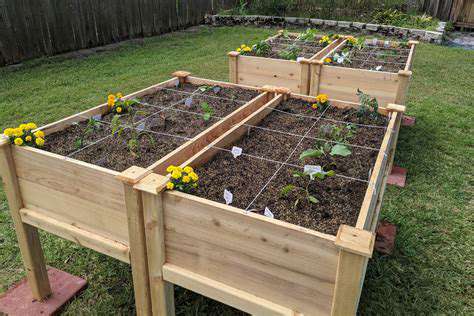
Vertical Gardening Solutions
Going vertical multiplies growing space exponentially while improving accessibility. Effective systems include:- Tiered planters with graduated heights- Wall-mounted pocket gardens- Obelisk trellises for climbing veggies- Hanging baskets at various levels
Raised Bed Advantages
Elevated planters offer numerous benefits:- Earlier soil warming in spring- Better drainage during wet periods- Reduced weed pressure- Customizable heights for different usersLine the bottoms with hardware cloth to deter burrowing pests.
Space-Efficient Plant Choices
These varieties thrive in vertical systems:- Pole beans and peas- Indeterminate tomatoes- Cucumbers with small fruit- Compact berry varietiesTrain vining plants upward using soft ties to avoid stem damage.
Accessible Design Principles
Create user-friendly vertical gardens by:- Limiting reach to 24 inches maximum- Including sturdy support bars- Providing occasional stepping stools- Ensuring clear access from multiple sidesThoughtful vertical designs can be both space-saving and ADA compliant.
Seasonal Adaptations
Maximize year-round productivity:- Spring: Cool-weather greens in stacked planters- Summer: Heat-loving vines on trellises- Fall: Dwarf fruit trees in tall containers- Winter: Evergreen vertical accentsRotate crops seasonally to prevent soil depletion.
Combining Form and Function
Vertical elements can enhance beauty while improving access:- Living walls as focal points- Archways dripping with flowering vines- Ladder-style herb gardens- Repurposed pallet plantersThese features create visual interest while solving practical challenges.
